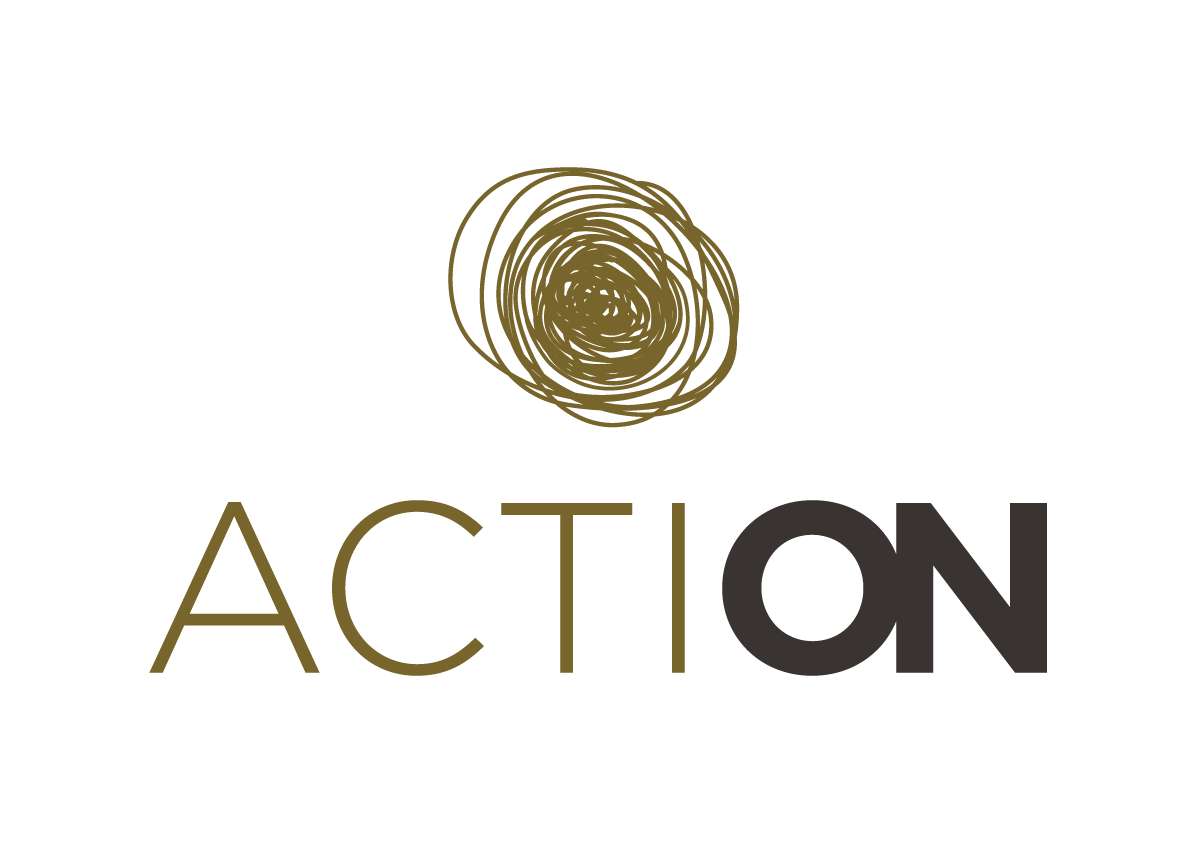Toolkit
Research design
The research design begins with the definition of the project goals, and involves creating a plan for the research implementation as a whole, including data collection and analysis, and the role of participants with potentially different skill-sets at different points in the project. The research design is the grand picture to the focused scenarios of the research tasks (which we will discuss in the ‘Task Design’ section of this toolkit). All CS projects need to define their research questions and agree on the methodology or protocol they will follow to carry out the data collection.
Research design depends on project goals and framing, and can therefore vary across project types. Especially if the project wants their research results to be robust enough to serve as evidence for policy-makers or professional researchers, it will require a high level of expertise, which projects may have to seek externally. Sometimes the project research design may follow naturally from the project goals. In a grass-roots citizen science project focused on air pollution in a particular area, for example, a clear approach is to use sensors to measure pollution. In ACTION pilot Citicomplastic, researchers wanted to know whether bioplastic could be composted at home, so they placed composters in participants’ gardens and let them try it out.
Other projects may be more complex and pose unique challenges for the question of research design. Longer projects may involve multiple stages or parallel processes of data collection and analysis which may need repeating and adapting. For example, De Vlinderstichting monitors butterfly and dragonfly populations across the Netherlands over time. To do this, they created a structure of routes (transects) at which they want to measure populations, with different schedules based on life cycles of butterflies and dragonflies. The project has been running for several decades, and in such cases it is simply not possible to delay data analysis until data collection is complete.
It is also important to consider how the research design functions in terms of scale. Large-scale research projects conducted globally or internationally need a research design that can be performed by a high number of participants in diverse locations. For example, Loss of the Night wants to understand the issue of light pollution globally, so they require measurements from all over the world, which they enable through an app anyone with a mobile phone can use. This is also true of online projects, although this can be facilitated with a platform through which data can be submitted electronically via a website or app, through social media, or text messages. For example, the Restart data workbench project developed a web application participants could use to assess reasons for faults in a variety of devices.
At the end of the research design phase, projects should know what they want to find out, what data they will need in order to do so, how they will collect this data, and how their participants will be engaged in achieving the project goals. While defining their research design and methodology, projects may want to identify and reach out to stakeholders who would benefit from the data or outputs from the project, to ensure their results will be relevant and reusable for them (Roman et al., 2020).
TOOLS
Assessment and Support template
What are the underlying values that motivate you to start a citizen science project? This document has been designed to help carry out a structured analysis of values by citizen science project leaders and designers. Initially working on a values matrix, this worksheet helps map these onto project objectives, and aids decision making to steer the direction of the project. This tool is developed for use within the ACTION Accelerator, but can also be used by project leaders and team members without on their own.
CASE STUDIES
AZOTEA
Astronomers at Complutense University of Madrid (UCM) wanted to know what impact the lockdown in March 2020 would have on light pollution in Madrid. As they were already experts in the field, and running other citizen science projects on light pollution (such as Street Spectra), they developed a framework for a citizen science project based on this question. They reached out to the local astronomy club, and brought a number of volunteer amateur astronomers on board to help them collect images of the night sky throughout the lockdown.
Noise Maps
A local community group wanted to explore the sonic heritage of their neighbourhoods in Barcelona and collect evidence for policy makers to tackle the growing noise pollution in the area, and approached the Barcelona Citizen Science Office, who put them in touch with NGO BitLab. BitLab had already worked on a similar project, and had a working relationship with experts from the Universitat Pompeu Fabra. The NGO and community members co-developed the idea of Noise Maps, which would see audio sensors installed in those neighbourhoods to collect sound samples.
